KIEL
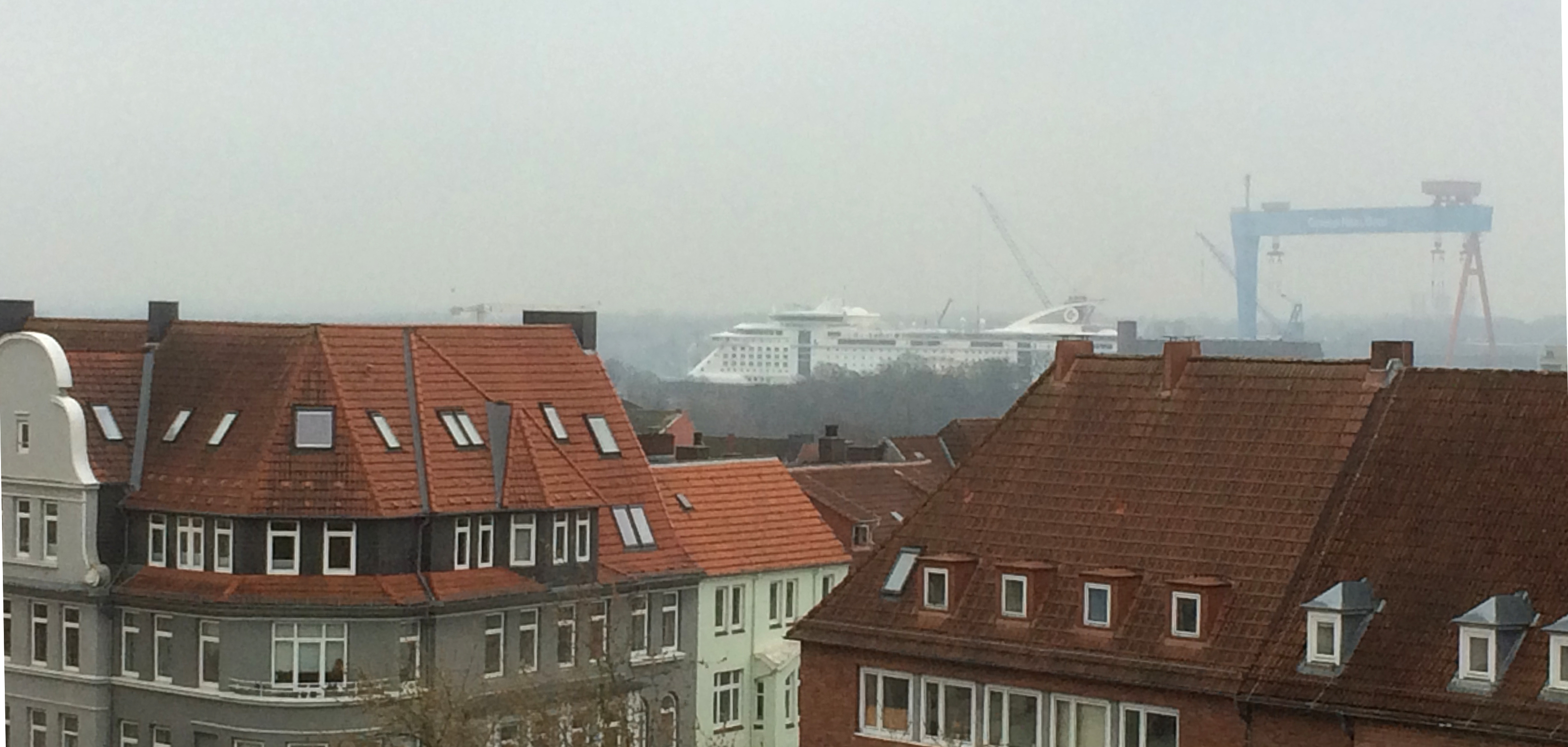
Kiel is located in the far north of Germany, even beyond Hamburg. The Baltic Sea flows through a sea arm to the centre of the city. From Central Station you can get on the ferry to Scandinavia. Kiel often has a sea breeze. The WHO statistics show excellent air quality, with numbers of particulate matter neatly at the limit recommended by the WHO.
Kiel as an example city?
When the art academy, the Muthesius Kunsthochschule, invited Smogware for a project week with students, this seemed a good reason to visit Kiel. An interesting change to research Kiel as an example city. How would the Kielers think about that?
It soon became clear that there is also great concern about air quality in Kiel. The beautiful location at the “Gate of the Baltic Sea” is partly responsible for this. All the ferries, sailing and cruising to Scandinavia, Russia, the Baltic States and the North Sea … with thick yellow plumes of smoke above the chimney. As far as nitrogen dioxide is concerned, it is certainly not exemplary in the harbour basin. And not only in the harbour basin, but also at a location along the ring road, the Theodor-Heuss-Ring, local measurements also show peaks. Sadly, there are hundreds of homes – “social” rental homes right along this busy traffic road.
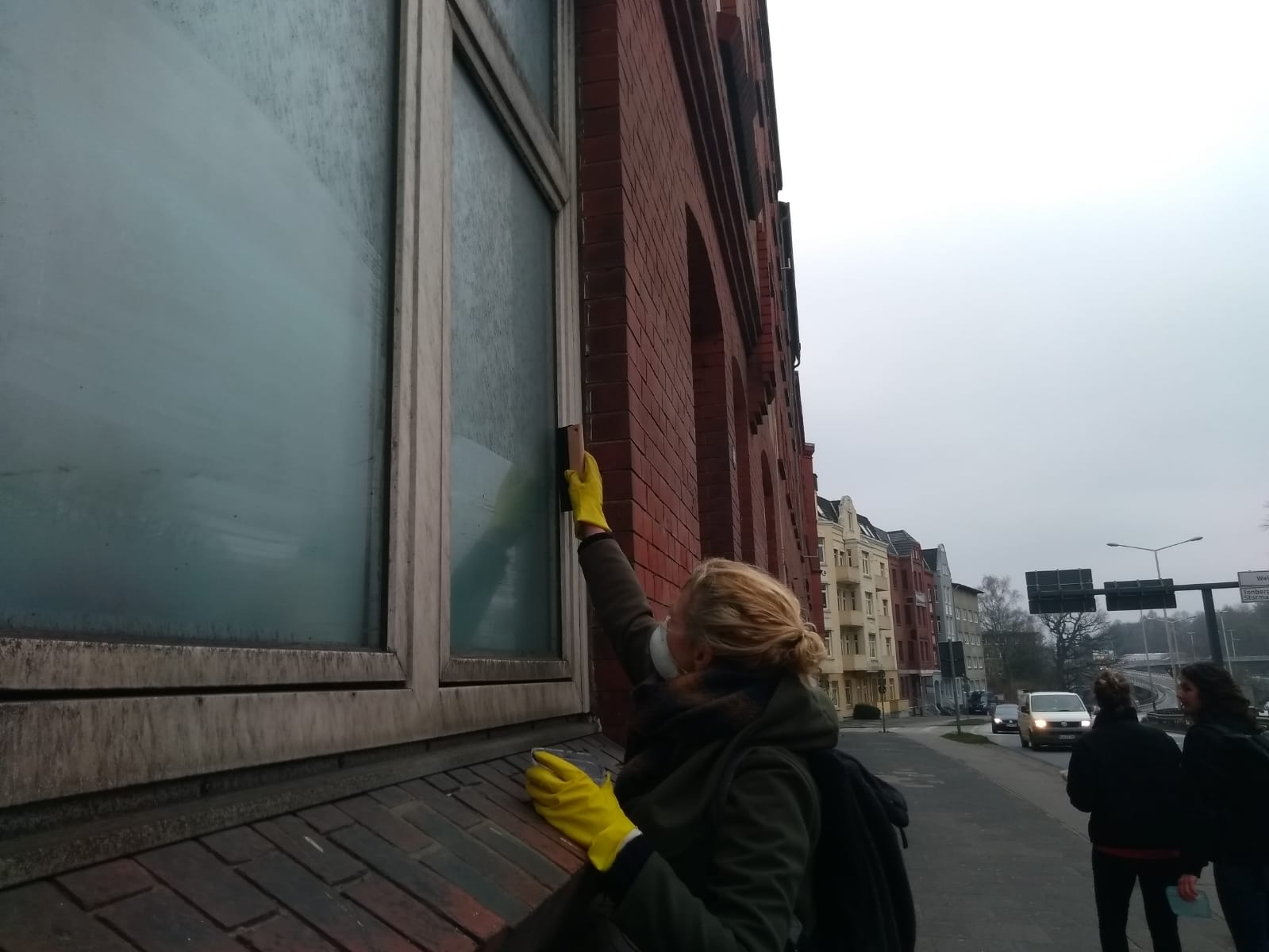
Space for the car
Kiel was heavily bombed because of the submarine industry during the Second World War, after which the city was given a new structure during the reconstruction with plenty of space for the car. As a result, cars are not exactly discouraged from driving into the city. In order to do something about the air quality, an ‘urban air purifier’ has been placed along one of the high traffic roads as a test. The alternative would be to keep diesel cars out of the city … There are a lot of things that cannot be read in averages.

Kieler Sprotten
The students eagerly went into town to collect both material and stories. Window sills of houses along the Theodor-Heuss-Ring appear to be a rich source of particulate matter. White laundry does not stay white here for long. During the week, the students mapped their own city, collected data and made tableware items with the Kiel air pollution. The week ended with the presentation of the Kieler Tableware, warm from the kiln, served with the typical local fish “Kieler Sprotten”.
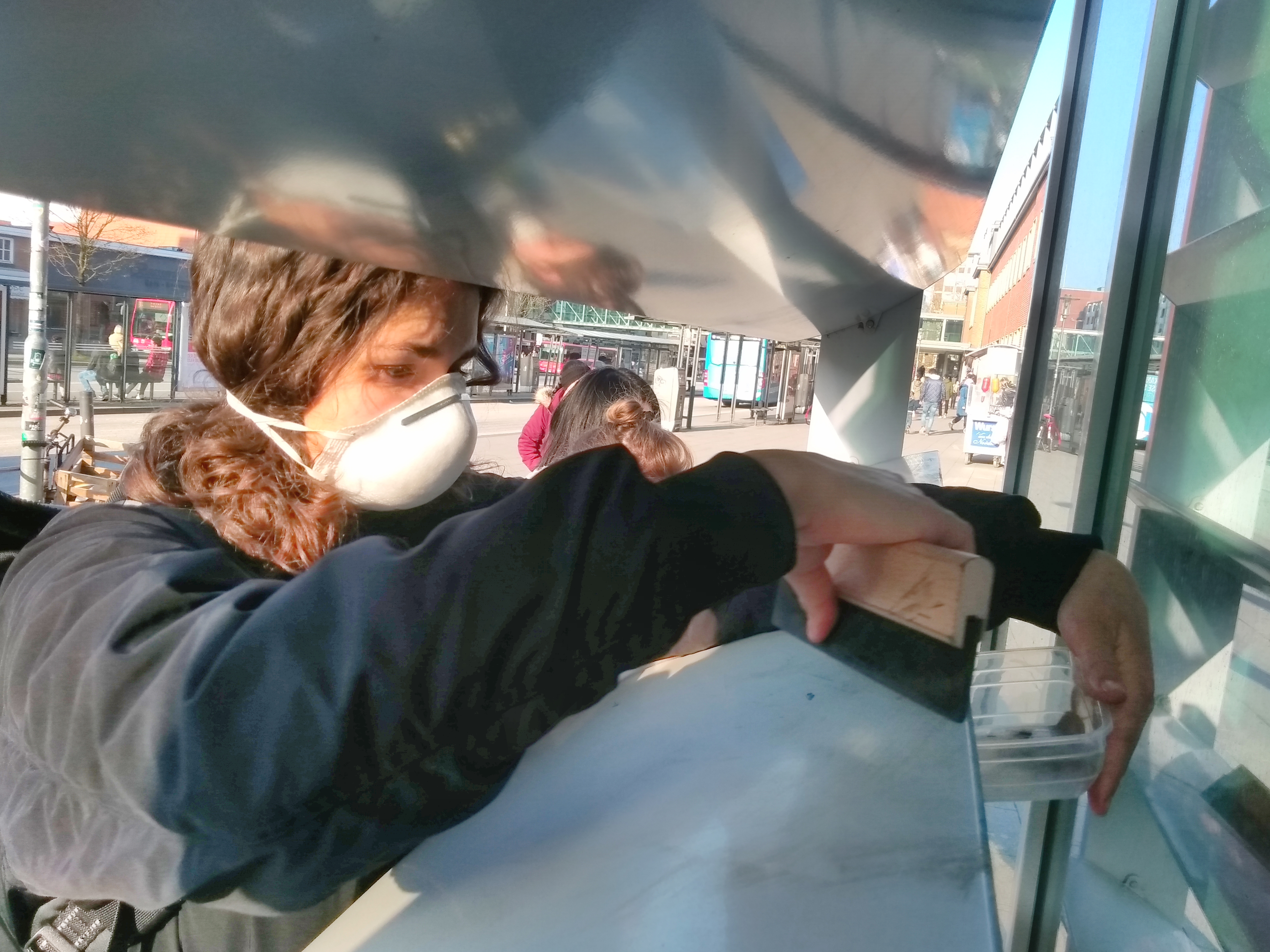
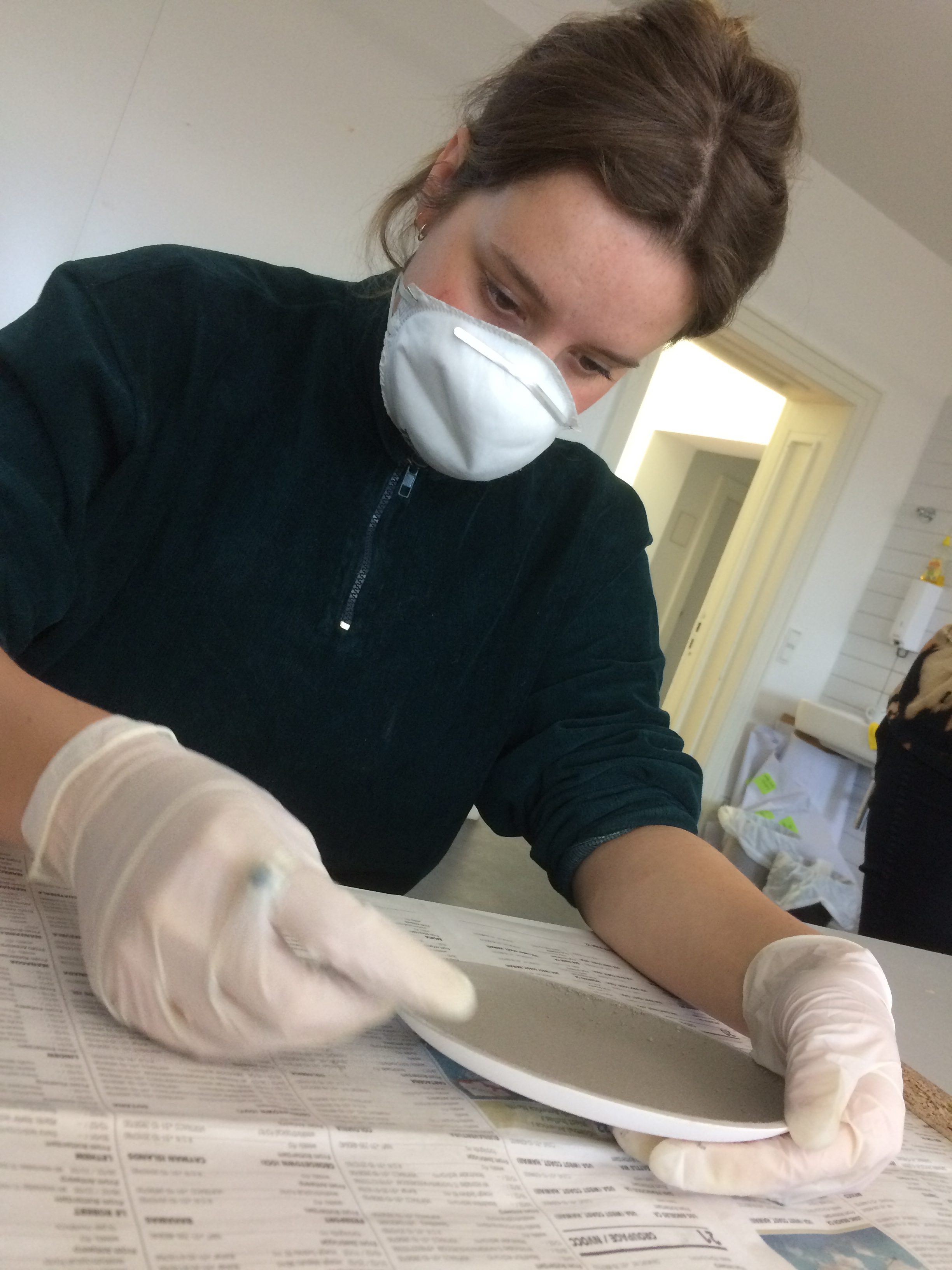
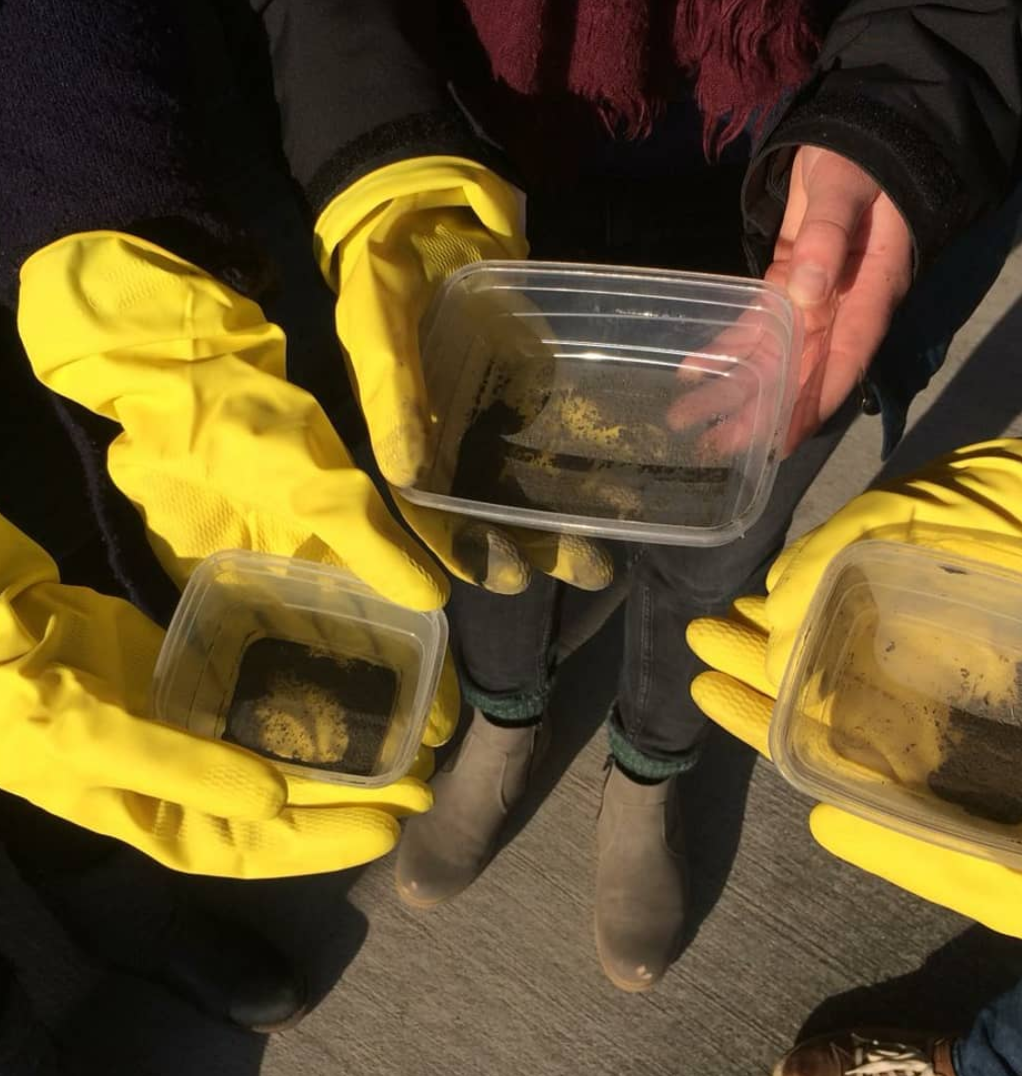
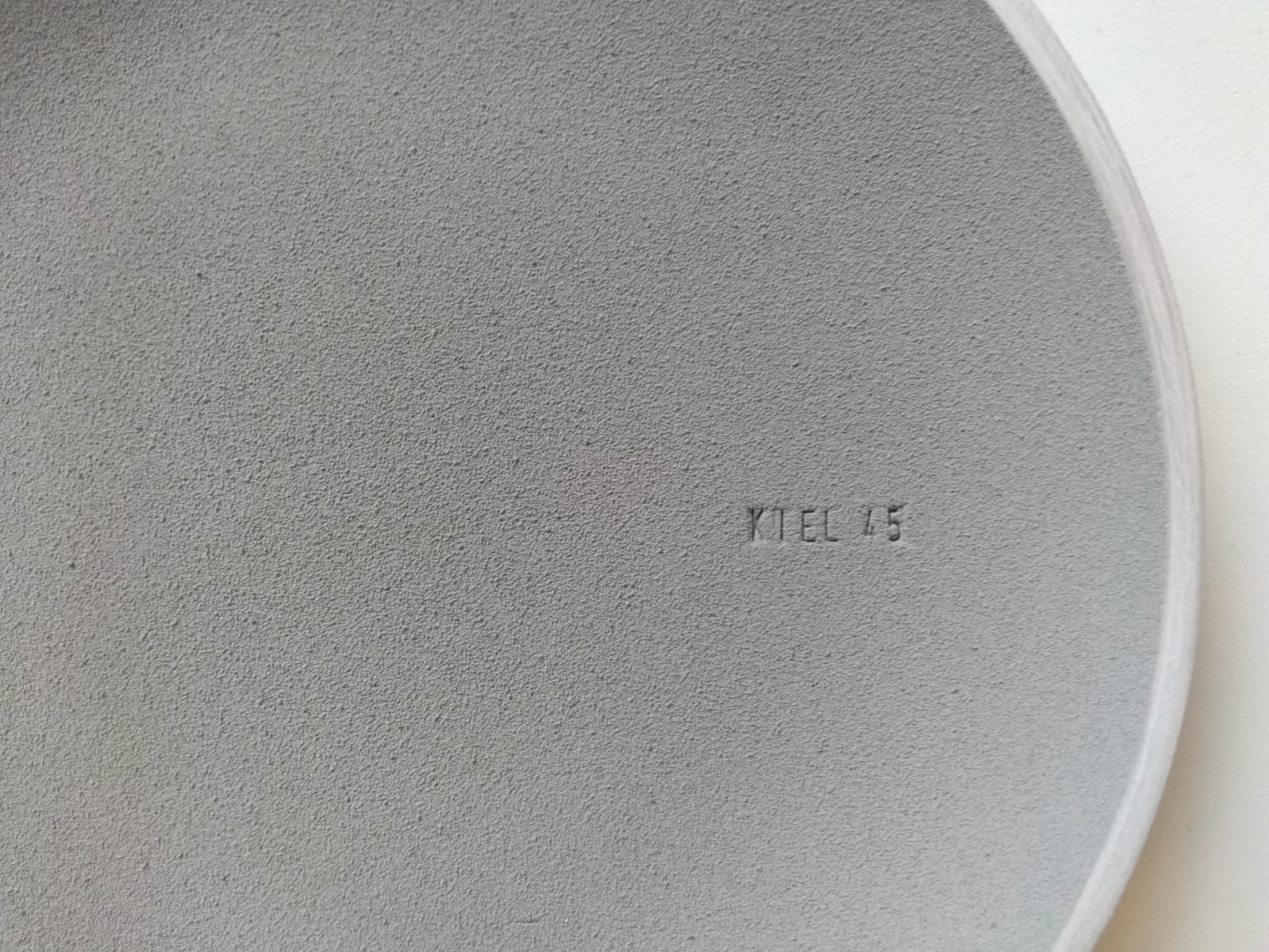
A society and practice oriented department of the university uses the Kieler Smogware tableware for events and debates. The local newspaper wrote about it, Feinstaub zum Abendbrot.
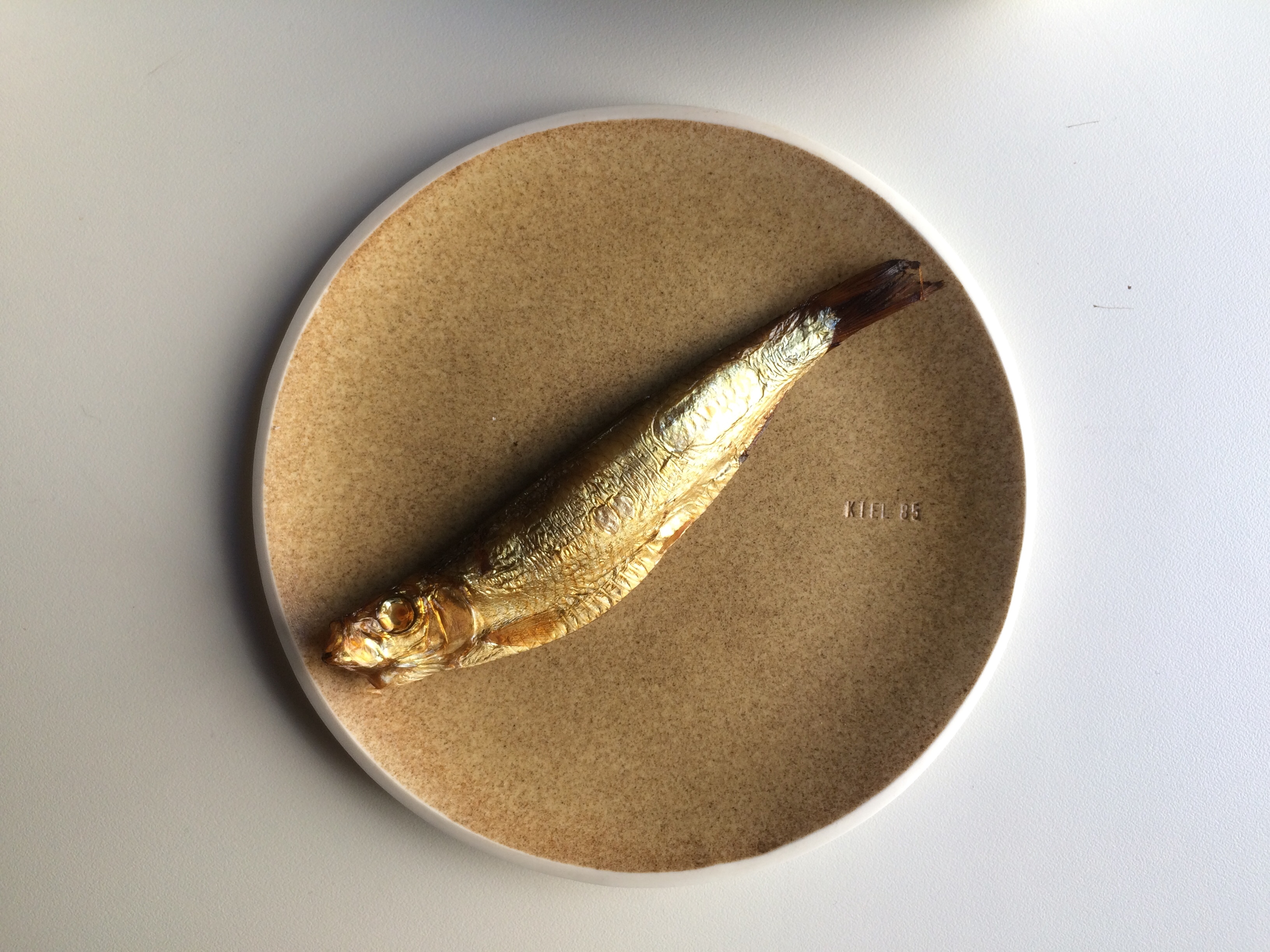
The glaze is based on the neat WHO averages. The colour is slightly greener than that of for example Rotterdam. Glaze experts recognise nickel or chrome. The metal industry, including the current submarine fabrication, may be the cause of this.

Partners
We collaborated with Muthesius Kunsthochschule
